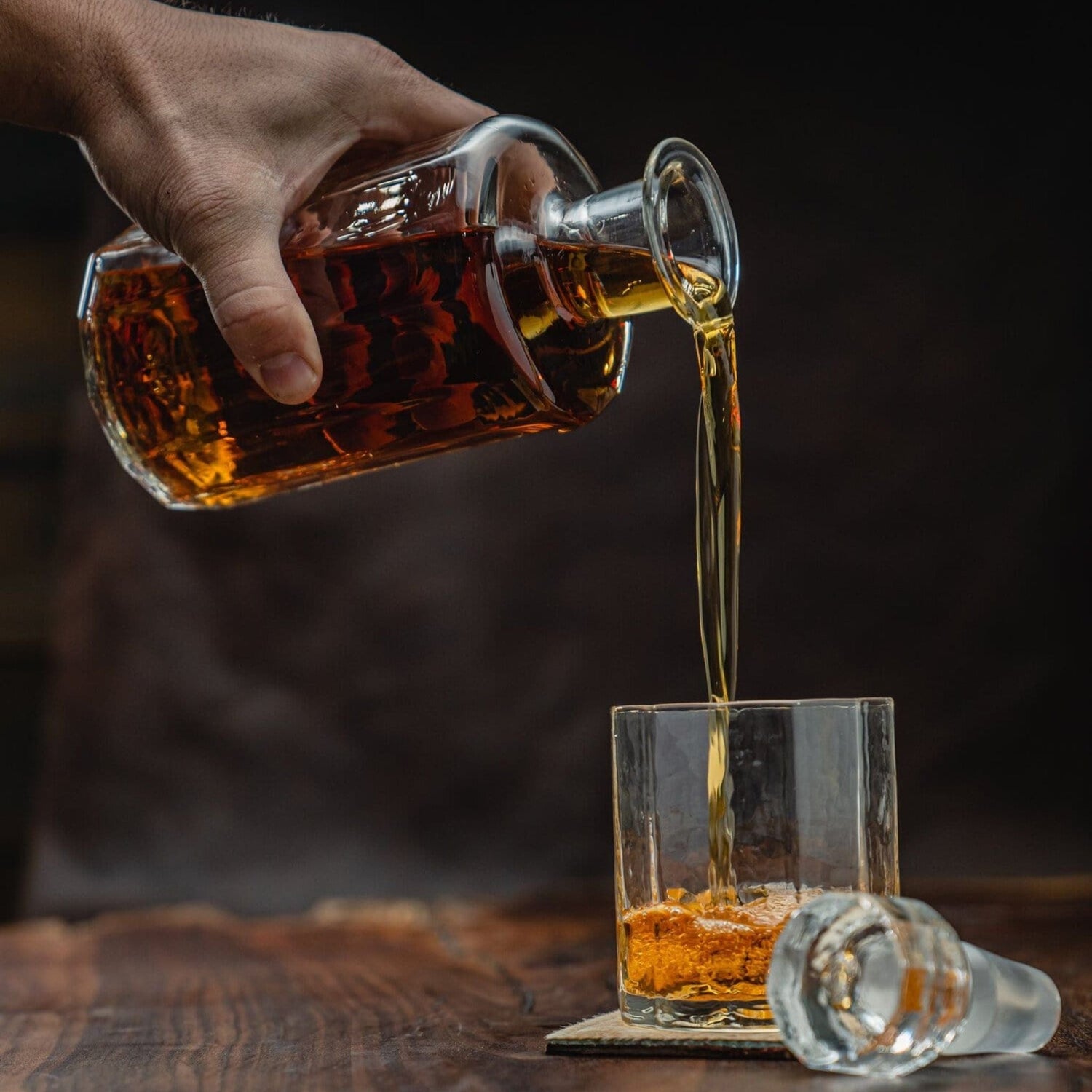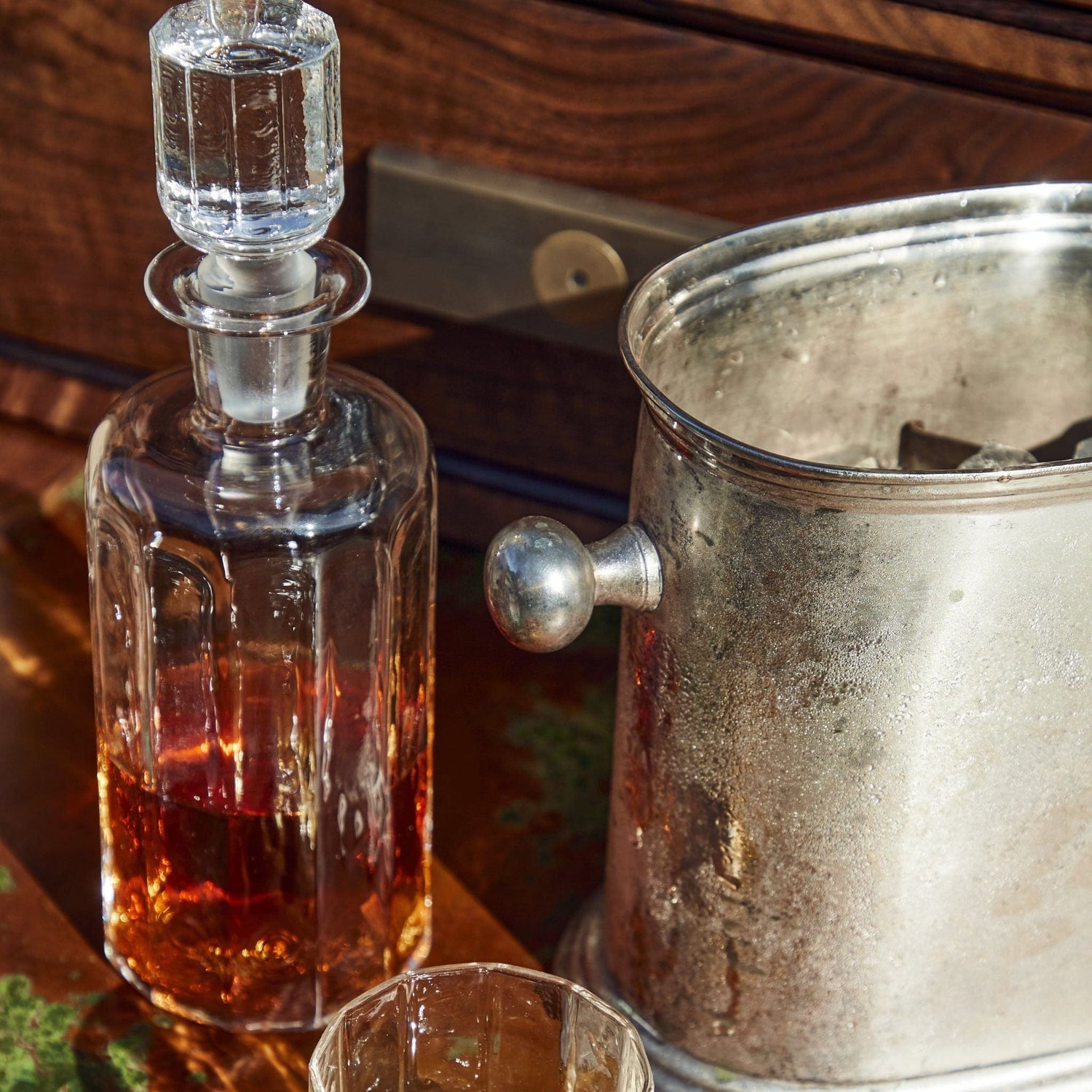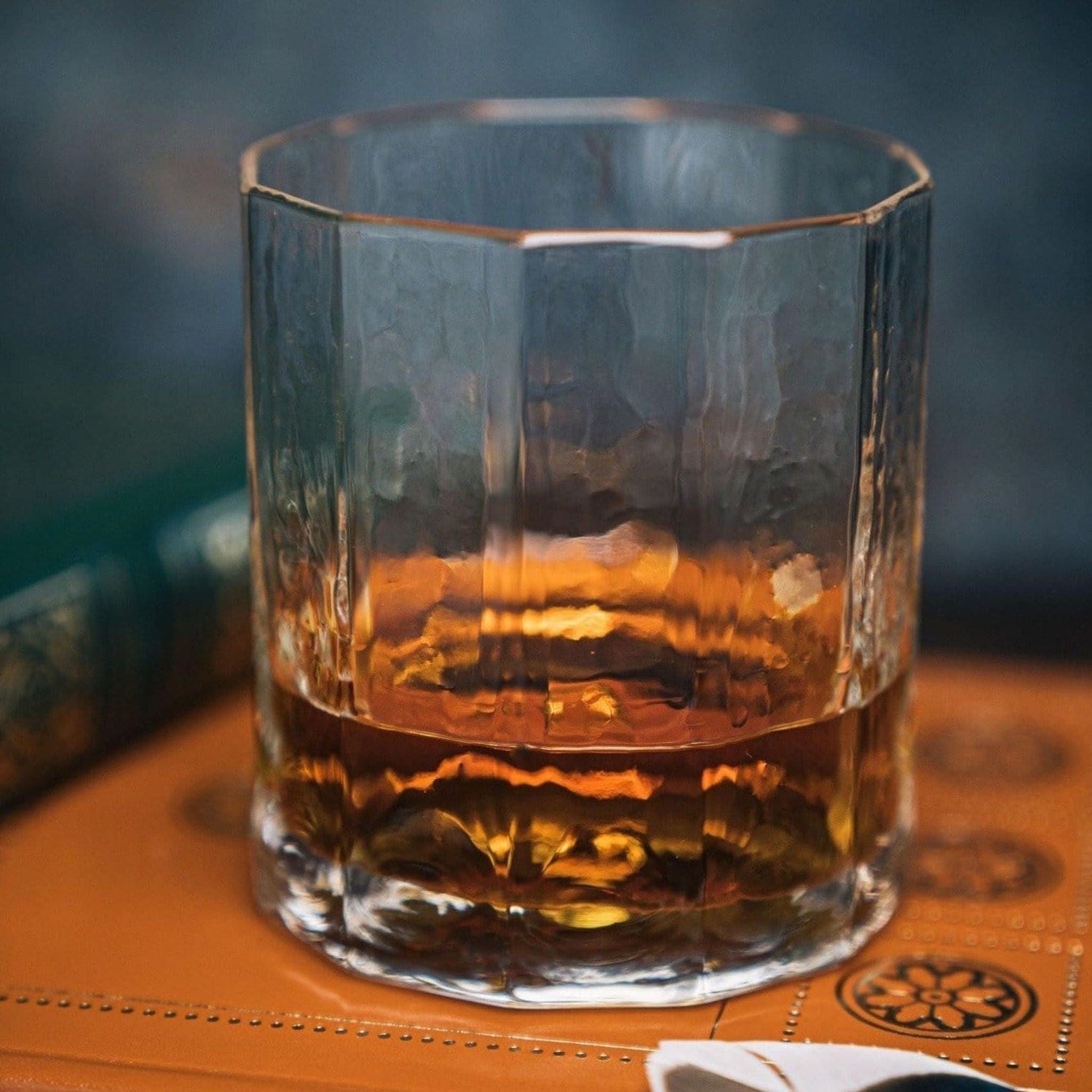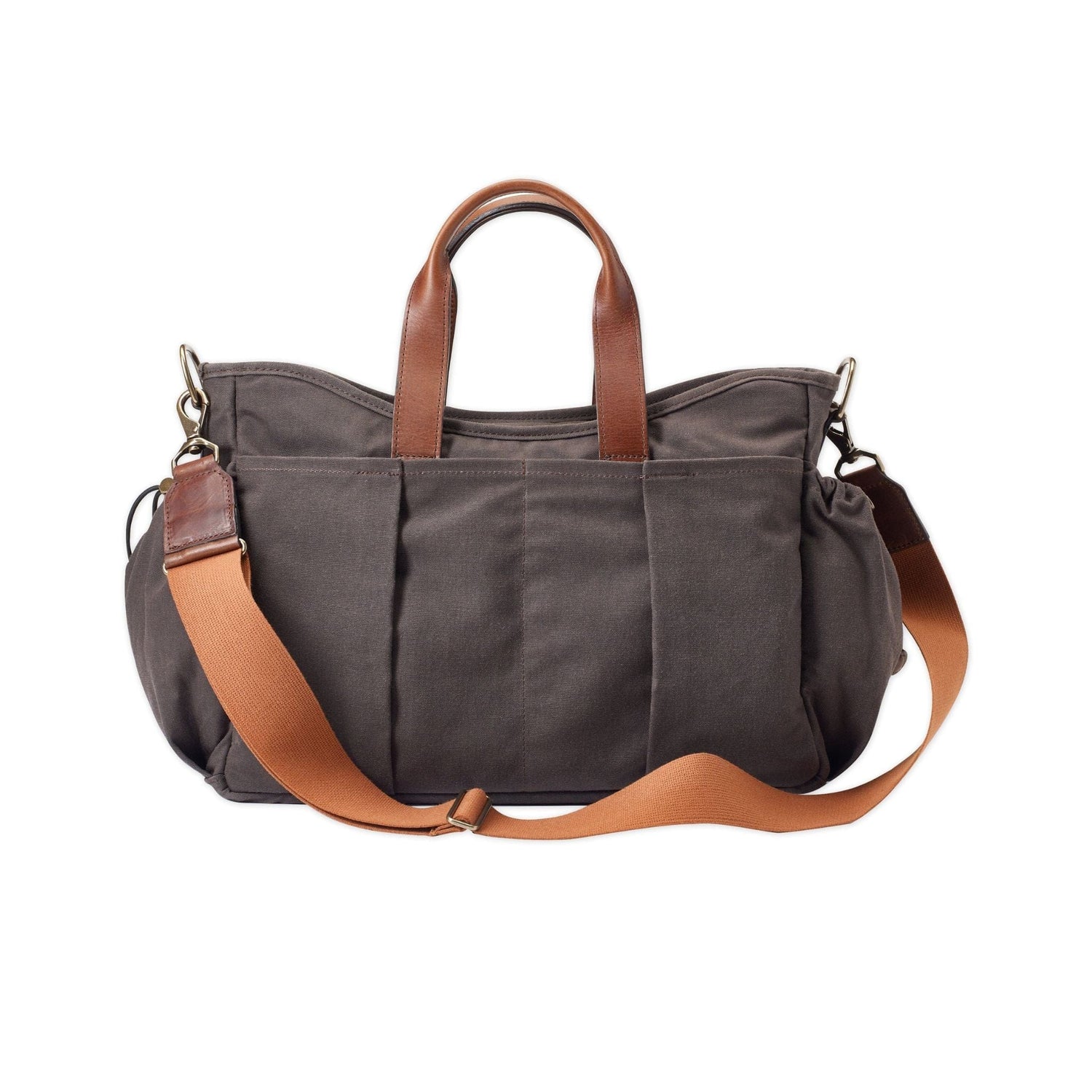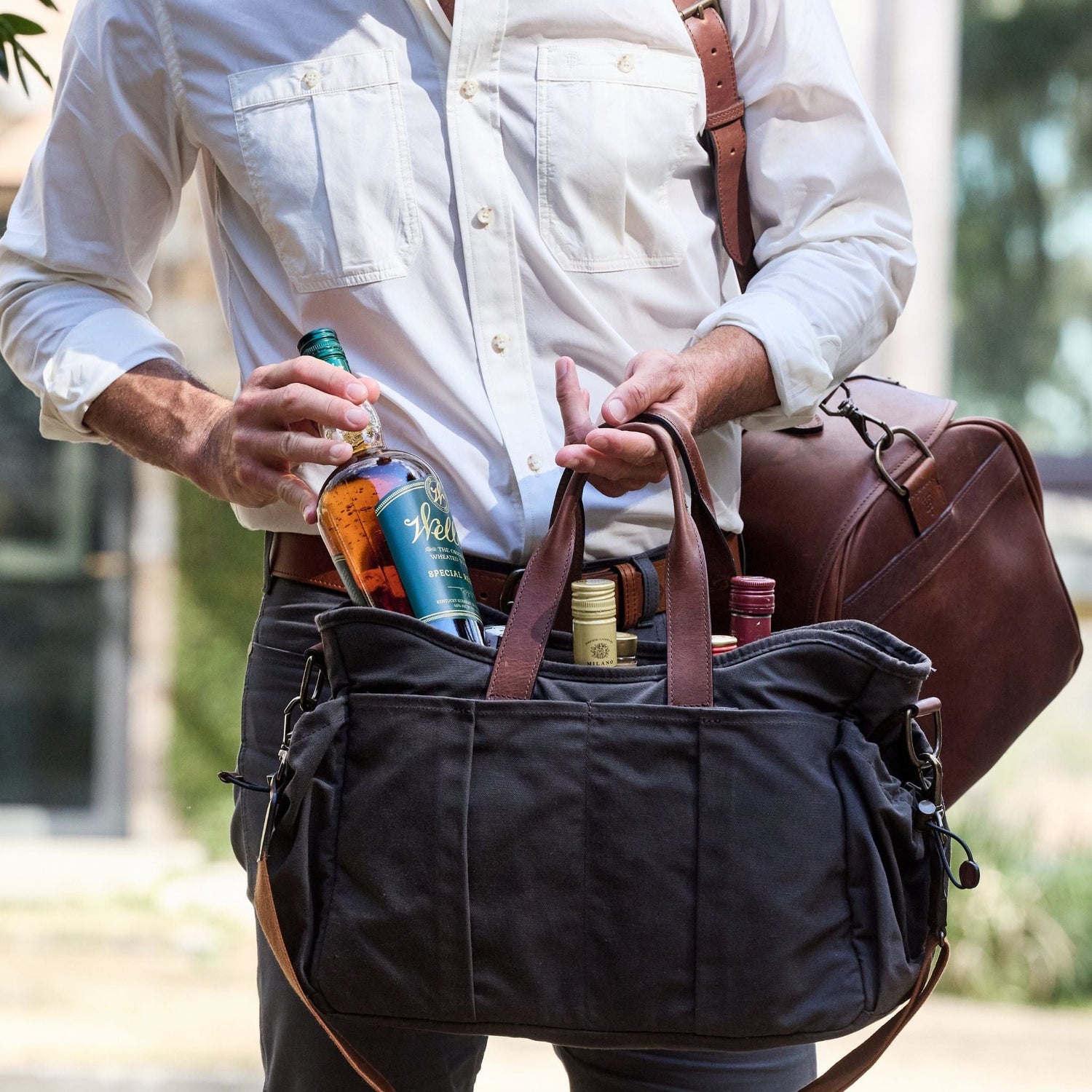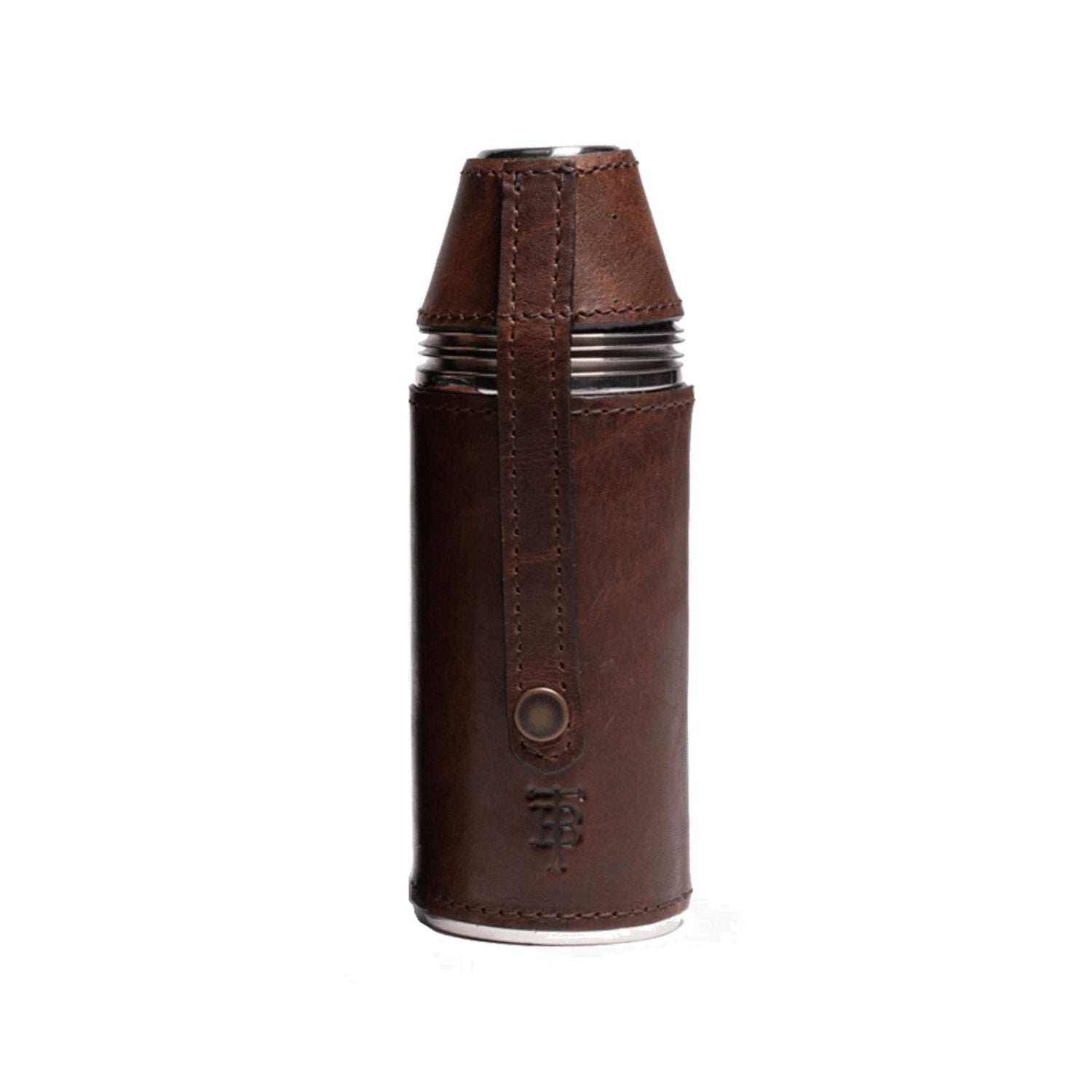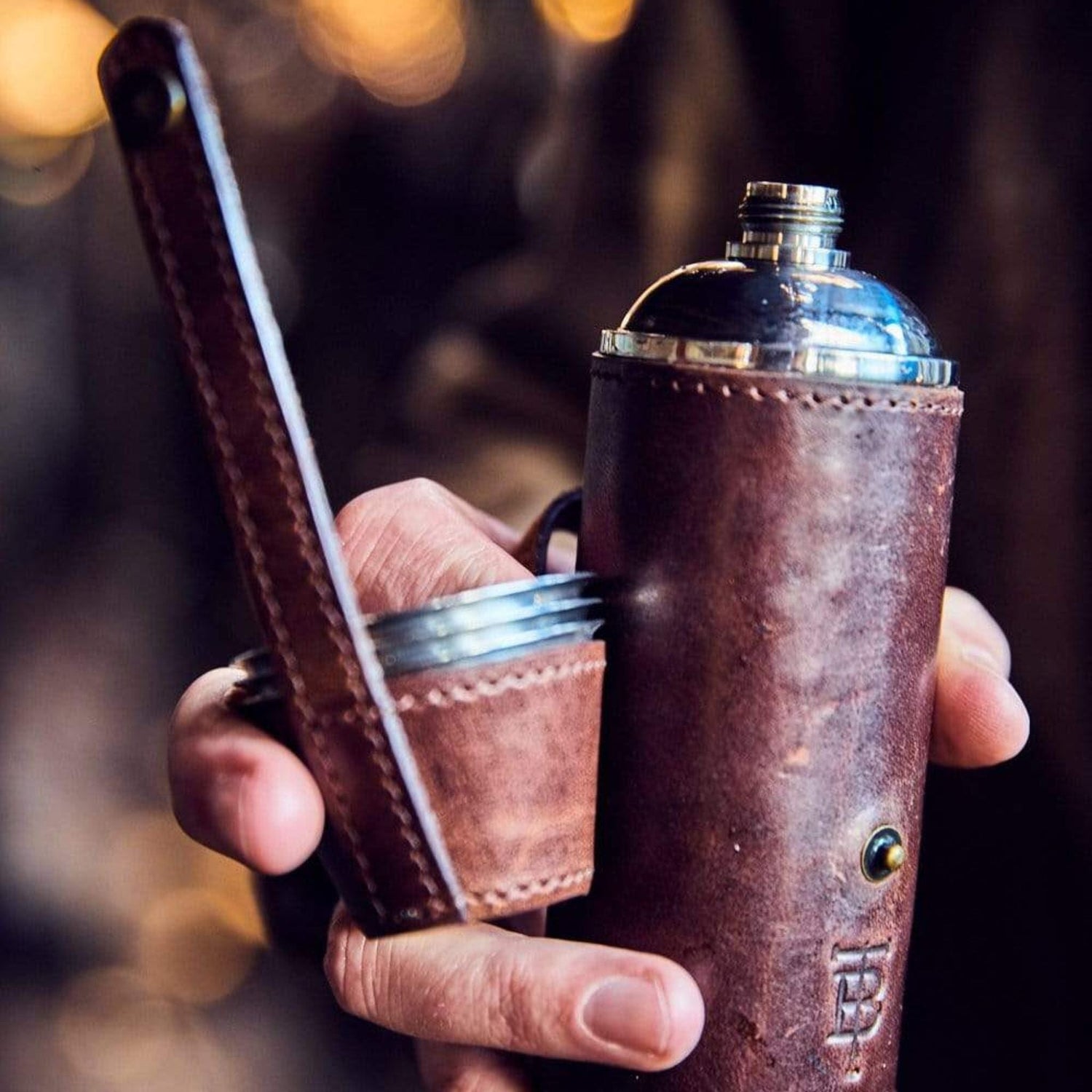Transport takes on different meanings in the far-flung corners of the world.
By Jess McGlothlin
The morning air is sticky, clinging to my skin as I wind my way through the commercial aviation side of the Darwin airport. It’s not even 9AM but the sweat trickling down my nape as I lug duffels of camera gear across the tarmac tells me the promised forecast of temperatures pushing near 43C—I had to convert it on my phone to Fahrenheit, then stared for a long moment at the conversion to nearly 110F—is going to hold true.
The hangar I’m looking for holds three Grumman Mallards owned by Paspaley Aviation, the air transport division of the famed (at least in Australia) Paspaley Pearling family. The “flying boats” are easy to spot; wonky-looking hulled crafts with sturdy wings attached. Only fifty-nine of the Grumman G-73 Mallards were ever made, and of those a mere handful remain in service. Paspaley owns three of them, used for air tours across the Top End, transporting goods and people to their pearling operations, and rendezvous with remote fishing vessels.
My particular ride this morning is tasked with flying a cargo of one photographer, a few Pelican cases of camera gear, three fly rods, and bags of concrete mix into Kimberley Coastal Camp, a remote fishing operation roughly a two-hour flight away. The rest of the available space and weight is taken up with cases of beer and soda, a cargo which lends an accurate look into Australia fishing camp priorities.
I meet pilots Pete and Michael—the sort of laid-back, capable men I’m finding inhabit this part of Australia—and soon we’re lifting away from Darwin airport. Comfy in the back of the plane, headphones in and music jamming, I lounge amongst 30-odd cases of Great Northern lager. The greens and browns of the coastline slowly fade away beneath us, and we’re an hour or so into the flight when the guys start shuffling a bit up front, the hum of the engines changing slightly. We start to make a slow, sweeping turn back and Pete the pilot peers back to shout over his shoulder.
“Fuel pump’s out; we’re going back.”
Fair game. I peer down at the turquoise water beneath us, content in the knowledge that, well, we can land wherever if we need to. On sea or land. It’s a nice feeling.
We make it back to Darwin without further event, and luckily one of the other Paspaley Mallards is still resting in the hangar. The guys transfer the cargo—beer and concrete are no light load—while Ursula, one of the admin girls, and I run out for coffee. (I quickly learn that Australian coffee is on par with its beer, which is to say no-nonsense, fully-leaded, and startlingly pleasant.)
Soon enough we’re back in the air on the second Mallard, flying over the same coastline I’d seen just hours ago. A few hours into the flight we stop over at dusty Mungaloo Truscott Airbase, an airstrip which had functioned as a covert air base during World War II and is now the largest all-weather airbase in the far North Kimberley Region. We soar over the wreckage of an Avro Lancaster as we touch down on the runway, and I wander around the airbase while the plane refuels. Décor is comprised of venomous snake charts and posters of aerial firefighting helicopters, and the latter makes this Montana girl feel oddly at home. Back in Missoula, fire bombers regularly make passes over my apartment during their spring training season.
And then we’re in the air again. Michael, Pete, me, bags of concrete, and the beer. Another hour or so passes; I spend it peering outside the window at the turquoise waters below, realizing they likely hadn’t looked all that different seventy-five or so years ago during the war. It’s only when the hum of the engines change that I realize we’re nearing our target.
The Mallard slowly descends, the vibrant water underneath drawing closer to our hull. We slow, soaring over the crests of the waves before finally dipping into the warm, bright water. The view outside my window explodes in salt spray, the hull of the plane settling easily into the waters of the Admiralty Gulf. It’s a smoother landing than many I’ve encountered on commercial aircraft in the States, and slowly we lose our forward hum of momentum, the sway of the waves adding a little cross-swing. We taxi to a buoy and the pilots tie off; outside my salt-streaked window I can see a metal dinghy from Kimberley Coastal Camp cutting through the chop to greet us.
Time to unload the photographer, the beer, and the concrete, and get to work. Like many logistics in the far corners of the world it’s not an easy task, but the swampy heat and rolling waves somehow serve as a fitting welcome to the Top End of Australia.
How you going, mate, and we’re glad you brought the beer.
About the Author
Jess McGlothlin sees her mission as a simple one: tell stories. Working as a freelance photographer and writer, she’s learned how to throw spears at coconuts in French Polynesia, dodge saltwater crocodiles in Cuba, stand-up paddleboard down Peruvian Amazon tributaries and eat all manner of unidentifiable food.

